The Härmän puukko is a very distinctive puukko from the Ostrobothnian region of Finland. These knives have been made by the Rannanjärvi family for many years beginning with Erkki Rannanjärvi (1838 – 1925) up to Antti Rannanjärvi (b 1951) in the present day. They seem to be pretty rare and are seldom found outside of Finland other than some that were made for a shop in the U.S. some years ago.
Here is some information written by Tuula Rannanjärvi-Laukkanen found on a museum web site:
“The sheath-knife, or puukko, is an element of Finnish material culture and heritage. For the Finns it has been both an important general-purpose tool and a personal weapon. At present, the old ornamental puukko types are primarily gift items and collectibles. The knives are mostly made on an industrial basis, but a few knife-maker families have preserved the traditional crafts skills up to the present day.
The Härmä puukko knife is a South Ostrobothnian type with a history extending from the mid-19th century to the 2000s. The master knife-makers of the Rannanjärvi family have made the Härmä knives by hand for four generations. The basic design has a sheath of two parts, housing a larger knife (isopuukko) and a smaller one (pikkupuukko). The Härmä knife was made in four sizes, known as Pikkupuukko (small knife), Naistenpuukko (women’s knife), Normaalipuukko (normal knife) and Anssin Jukka (named after a legendary folk hero).
The ferruled Härmä knife was a harmonious design, in which the leather sheath and the wooden handle were richly decorated with ferrules. The brass ferrules bore a great number of engravings and ornamental patterns were set in the sheath. The sheath and the handles were also painted in black and red. The ornamental appearance of the Härmä knife bears witness to both a respect for the puukko knife and an appreciation of the craftsmanship of its makers.The making of the knife required a great deal of time, and special attention was paid to the quality of the workmanship. In the Rannanjärvi, family, knife-making skills were passed on as a tradition from one generation to another. Each master knife-maker of the family developed the design to some extent, while retaining the main features of the traditional methods.
The Finnish sheath-knife and its use were traditionally associated with the customs of communities. It became almost a national symbol during the Second World War, when the knife industry flourished. The South Ostrobothnian puukko knife is an important element of local history. The Härmä knife was associated with the history of the häjyt (troublemakers) of Härmä, knife fights and the heyday of knife-bearing ruffians around the middle of the 19th century. The knife with a ferruled handle is mentioned, for instance, in many folksongs about the legendary häjyt, Erkki Rannanjärvi, the maker of the first Härmä puukko knife, was the cousin of Antti Rannanjärvi, a well known criminal and troublemaker of the period. During its history, the Härmä knife has evolved from a utility knife to a gift item and collectible. Its reputation has partly been maintained by the symbolic values attached to it. The Härmä knife was regarded as the weapon of the häjyt, but also as a symbol of the home region and the spirit of Härmä, The knife tradition of some 150 years and the craftsmanship of the master knife-makers have contributed to the appreciation of the Härmä knife.”
The puukkos featured in the photos were a gift to me from the collection of Bill Lecuyer and were most likely made by Johannes (Juha) Rannanjärvi (1873-1931). Current production Härmän puukos by Antti Rannanjärvi may be seen at http://netti.nic.fi/~1maukka/rannanjarvi/antin2/index2.htm

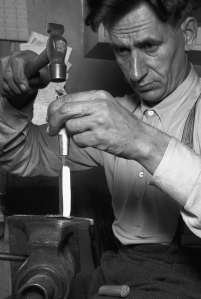
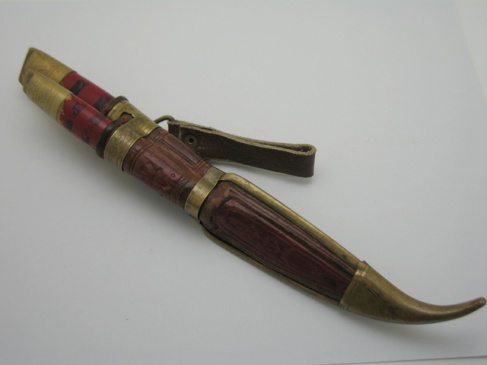
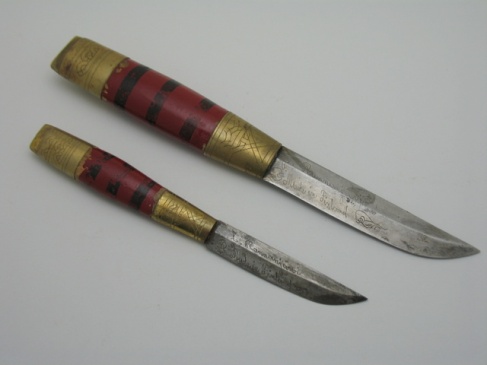
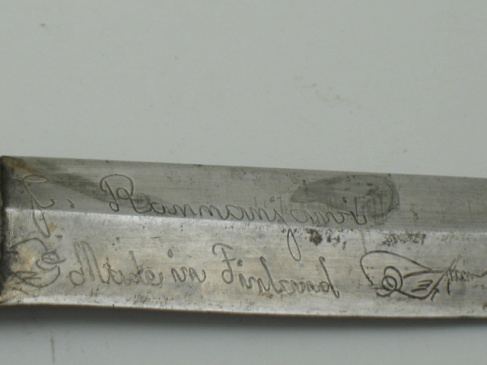
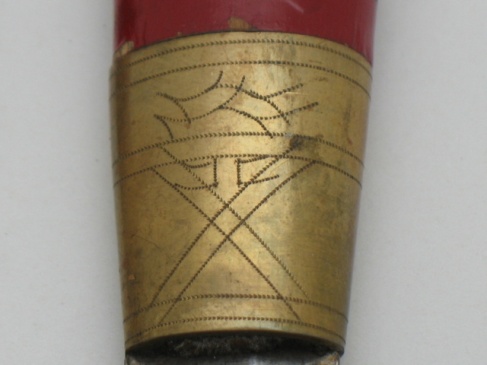
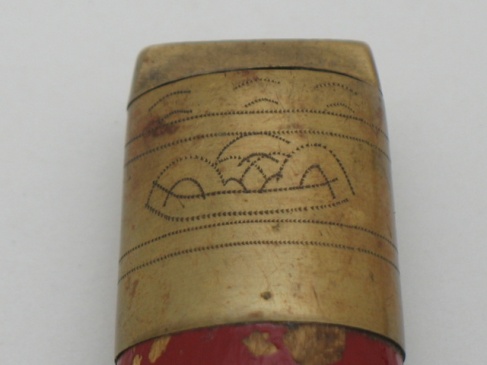
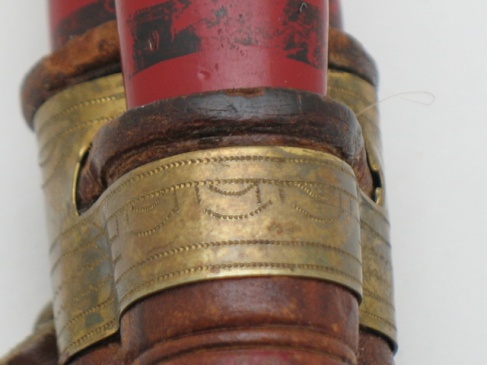
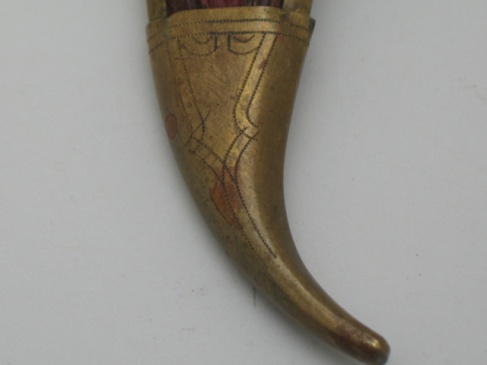
I have a set of these and was wondering if they can be dated as to when they were made